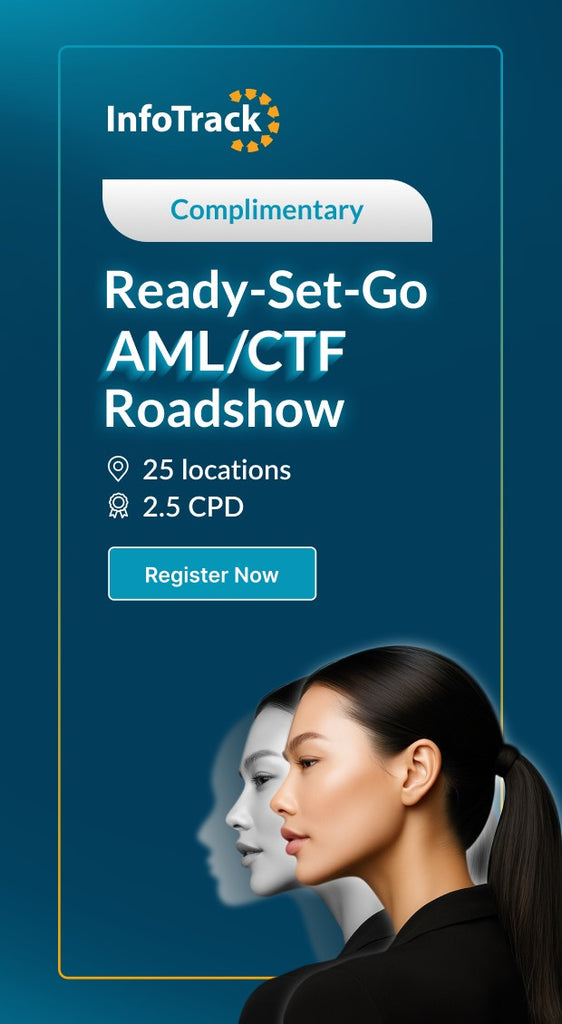
Future State Legal Matter Intake | AdvoLogix
In the lifecycle of a legal matter, little attention is typically paid to the intake process. In fact, many lawyers may be tempted to view intake as simply an administrative matter that someone else handles. In reality, the intake process is crucial to setting a matter up for success and plays a huge role in running an effective legal department.
Intake in the corporate world is a means for the corporation to request services from the legal department. The intake process is the requester's first interaction with the legal team and forms the basis for the entire lifecycle of the matter. As important as it is, legal departments however, have long struggled to streamline and perfect the process of onboarding new matters. While innovation has revolutionized many aspects of legal practice, intake has largely eluded the attention of developers, leaving legal departments to rely on disparate processes like email, forms, tasks, checklists and phone calls, all handled by different teams or individuals. The result is an inefficient process that wastes valuable time and is prone to errors.
Problems with the current state of intake
In most organizations, intake presents a silo problem – discrete responsibilities are assigned to specific individuals spread across different, unrelated teams, with no efficient means to collaborate or coordinate.
While many companies may have designated forms to fill out in order to liaise with the legal department, often there is no organized process behind those forms. If no one is systematically collecting the data entered and channeling it through an effective intake process, the form is of little use for turning requests into actual matters. Even those departments that have a more formalized process typically still spread it across disconnected people and teams.
Intake might officially stop once an active matter is established, but it is the first step in the lifecycle of the matter and needs to effectively feed all the relevant information about the matter into the overall matter management process.
Intake is also the first point of contact for a new matter involving people from other parts of the organization. Unfortunately, intake often involves phone calls, emails, checklists and other time-consuming steps, meaning that the person requesting legal services might have to wait a long time before the next contact on the matter.
Intake is crucial to the legal department’s relationship with the rest of the business since it is the first touch point with employees who are seeking legal services. The typical corporate intake workflow involves receiving a legal service request submittal, gathering all the relevant information, conducting risk assessment, deciding whether to handle the matter in-house or refer it to outside counsel and then bringing all the information into your system. Currently, most legal departments assign the various parts of that workflow to different parties, with no holistic intake approach that connects the various parts of the process to reduce the labor involved, increase accuracy, and make the information available to everyone who needs to access it.
While technology has advanced many of the workflows that make up day-to-day legal work, and there are a few solutions that address discrete phases of the intake process, the industry has lacked an integrated solution that brings together the disparate processes involved in intake and ties them to the end solution the department is working to achieve. To truly streamline the intake process, your department needs technology that collects all the data elements involved into a more unified approach - with less redundant data entry and more reliable results when the process is complete. By automating and centralizing the intake process, you will see a reduction in labor, increased accuracy and better collaboration within your company throughout the lifecycle of a matter.
"The importance of improving the matter intake experience in legal departments to evaluate risk and drive business process improvement cannot be overstated. The importance of having a smart platform to assist with matter intake should not be understated. Intake is the first touch-point for those in need of legal assistance and the purveyors of legal services. A connected and collaborative approach to matter intake ensures the organizational alignment necessary to reach the desired outcome." Dan Bellopede, CRO of AdvoLogix
If developing a deeper understanding of the role intake plays in your legal department, we invite you to download the rest of the (free) article here.
Topics include:
- Overhauling the intake process
- The goals of an improved intake process
- The ideal intake solution
- The role of automation in transforming legal intake
- The takeaway and final thoughts
About Advologix
Founded in 2006, AdvoLogix is a leading enterprise legal management solution that helps law firms, general counsel and state and local governments automate unique business processes and simplify legal matter management. The AdvoLogix cloud-based enterprise solution centralizes matter management, conforms to unique workflows and practice standards, and provides industry-leading security and reliability. AdvoLogix offers comprehensive configuration and integration with thousands of add-on applications to extend the solution to meet specific business needs. For more information, visit www.advologix.com and follow AdvoLogix on Twitter with @AdvoLogix.
Also read top viewed Ai Legal article: The Role of AI in Legal Research.





